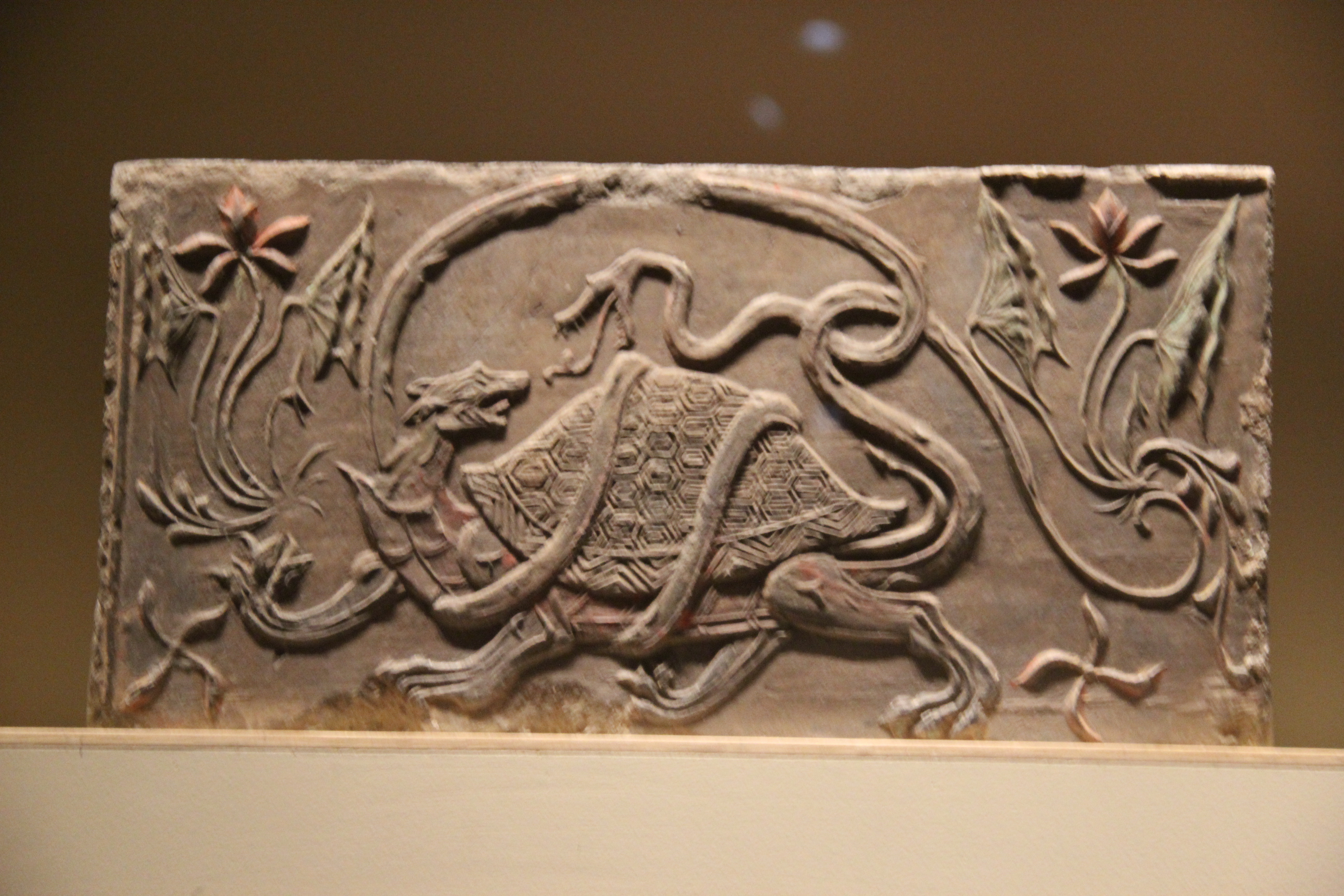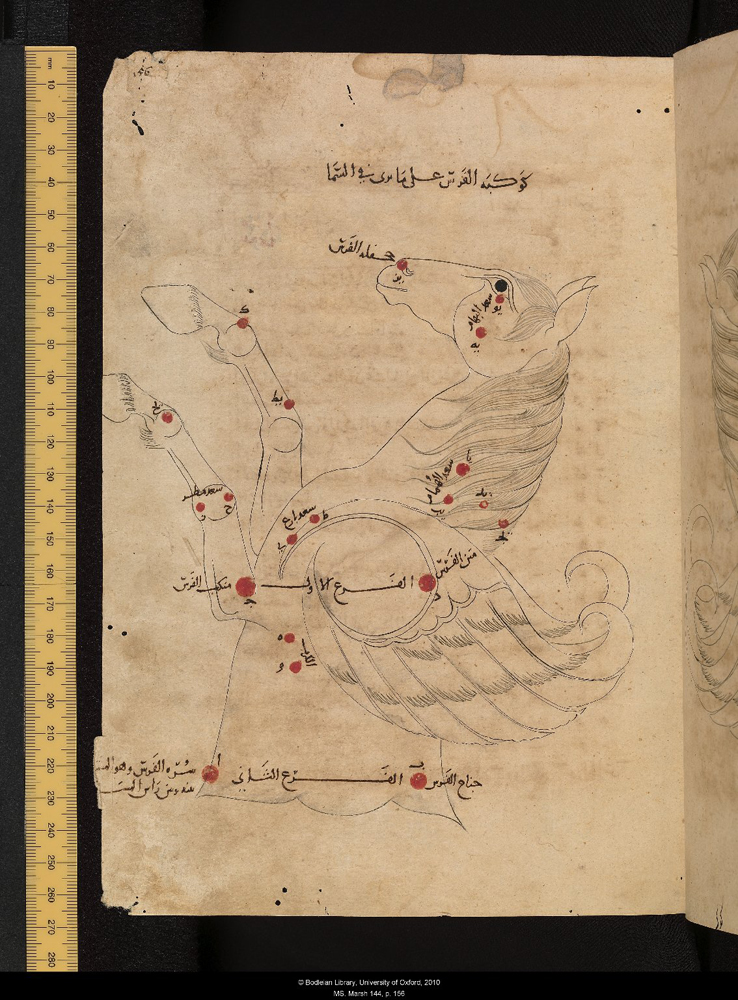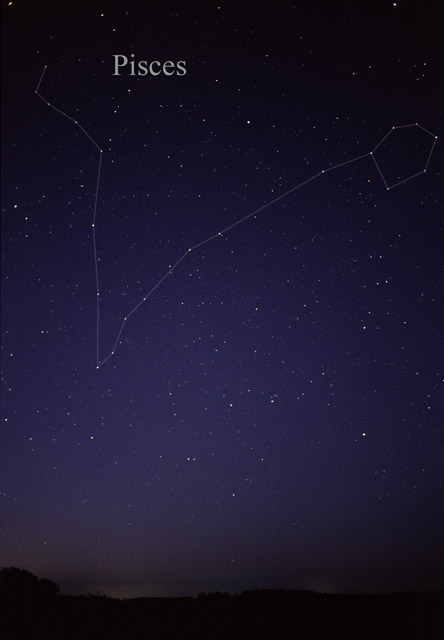|
Wall (Chinese Constellation)
The Wall mansion () is one of the Twenty-eight mansions of the Chinese constellations. It is one of the northern mansions of the Black Tortoise (Chinese constellation), Black Tortoise. Asterisms References Chinese constellations {{constellation-stub ... [...More Info...] [...Related Items...] OR: [Wikipedia] [Google] [Baidu] |
Twenty-eight Mansions
The Twenty-Eight Mansions (), also called or , are part of the Chinese constellations system. They can be considered as the equivalent to the Zodiac, zodiacal constellations in Western astronomy, though the Twenty-eight Mansions reflect the movement of the Moon through a Lunar month, sidereal month rather than the Sun in a tropical year. The lunar mansion system was in use in other parts of East Asia, such as ancient Japan; the ''Bansenshūkai'', written by Fujibayashi Yasutake, mentions the system several times and includes an image of the twenty-eight mansions. A similar system, called nakshatra, is used in traditional Indian astronomy. Overview Ancient Chinese astronomers divided the sky ecliptic into four regions, collectively known as the Four Symbols, each assigned a mysterious animal. They are Azure Dragon (青龍) on the east, Black Tortoise (玄武) on the north, White Tiger (mythology), White Tiger (白虎) on the west, and Vermilion Bird (朱雀) on the south. E ... [...More Info...] [...Related Items...] OR: [Wikipedia] [Google] [Baidu] |
Chinese Constellation
Traditional Chinese astronomy has a system of dividing the celestial sphere into asterisms or constellations, known as "officials" ( Chinese ''xīng guān''). The Chinese asterisms are generally smaller than the constellations of Hellenistic tradition. The Song dynasty (13th-century) Suzhou planisphere shows a total of 283 asterisms, comprising a total of 1,565 individual stars. The asterisms are divided into four groups, the Twenty-Eight Mansions (, ''Èrshíbā Xiù'') along the ecliptic, and the Three Enclosures of the northern sky. The southern sky was added as a fifth group in the late Ming dynasty based on European star charts, comprising an additional 23 asterisms. The Three Enclosures (, ''Sān Yuán'') include the Purple Forbidden Enclosure, which is centered on the north celestial pole and includes those stars which could be seen year-round,Needham, J.Astronomy in Ancient and Medieval China. ''Philosophical Transactions of the Royal Society of London''. Ser ... [...More Info...] [...Related Items...] OR: [Wikipedia] [Google] [Baidu] |
Black Tortoise (Chinese Constellation)
The Black Tortoise is one of the Four Symbols of the Chinese constellations. It is usually depicted as a tortoise intertwined with a snake. The character '' can mean 'martial' or 'warrior.' The two characters and do not have any literal meaning of tortoise and snake. But both tortoise and snake are known to hibernate during winter. The image of intertwined tortoise and snake likely symbolizes a state of inner struggle or a state of hibernation, and thus implies the season of winter. So the English translation Black ~ Dark ~ Mysterious Warrior is a more faithful translation. It represents the north and the winter season, thus it is sometimes called Black Warrior of the North (). In Japan, the characters are pronounced as Genbu. It is said to protect Kyoto on the north side, being one of the four guardian spirits that protect the city. It is represented by the Kenkun Shrine, which is located on top of Mount Funaoka in Kyoto. An important Taoist priest also has Xuanwu as ... [...More Info...] [...Related Items...] OR: [Wikipedia] [Google] [Baidu] |
Constellation
A constellation is an area on the celestial sphere in which a group of visible stars forms Asterism (astronomy), a perceived pattern or outline, typically representing an animal, mythological subject, or inanimate object. The first constellations were likely defined in prehistory. People used them to relate stories of their beliefs, experiences, creation myth, creation, and mythology. Different cultures and countries invented their own constellations, some of which lasted into the early 20th century before today's constellations were internationally recognized. The recognition of constellations has changed significantly over time. Many changed in size or shape. Some became popular, only to drop into obscurity. Some were limited to a single culture or nation. Naming constellations also helped astronomers and navigators identify stars more easily. Twelve (or thirteen) ancient constellations belong to the zodiac (straddling the ecliptic, which the Sun, Moon, and planets all traver ... [...More Info...] [...Related Items...] OR: [Wikipedia] [Google] [Baidu] |
Pegasus (constellation)
Pegasus is a constellation in the northern sky, named after the winged horse Pegasus in Greek mythology. It was one of the 48 constellations listed by the 2nd-century astronomer Ptolemy, and is one of the IAU designated constellations, 88 constellations recognised today. With an apparent magnitude varying between 2.37 and 2.45, the brightest star in Pegasus is the orange supergiant Epsilon Pegasi, also known as Enif, which marks the horse's muzzle. Alpha Pegasi, Alpha (Markab), Beta Pegasi, Beta (Scheat), and Gamma Pegasi, Gamma (Algenib), together with Alpha Andromedae (Alpheratz) form the large Asterism (astronomy), asterism known as the ''Square of Pegasus''. Twelve star systems have been found to have exoplanets. 51 Pegasi was the first Sun-like star discovered to have an exoplanet companion. Mythology The Babylonian constellation IKU (field) had four stars of which three were later part of the Greek constellation ''Hippos'' (Pegasus). Pegasus, in Greek mythology, was a winge ... [...More Info...] [...Related Items...] OR: [Wikipedia] [Google] [Baidu] |
Andromeda (constellation)
Andromeda is one of the 48 constellations listed by the 2nd-century Greco-Roman astronomer Ptolemy, and one of the 88 modern constellations. Located in the northern celestial hemisphere, it is named for Andromeda, daughter of Cassiopeia, in the Greek myth, who was chained to a rock to be eaten by the sea monster Cetus. Andromeda is most prominent during autumn evenings in the Northern Hemisphere, along with several other constellations named for characters in the Perseus myth. Because of its northern declination, Andromeda is visible only north of 40° south latitude; for observers farther south, it lies below the horizon. It is one of the largest constellations, with an area of 722 square degrees. This is over 1,400 times the size of the full moon, 55% of the size of the largest constellation, Hydra, and over 10 times the size of the smallest constellation, Crux. Its brightest star, Alpheratz (Alpha Andromedae), is a binary star that has also been counted as a part ... [...More Info...] [...Related Items...] OR: [Wikipedia] [Google] [Baidu] |
Pisces (constellation)
Pisces is a constellation of the zodiac. Its vast bulk – and main asterism viewed in most European cultures per Greco-Roman antiquity as a distant pair of fishes connected by one cord each that join at an apex – are in the Northern celestial hemisphere. Its old astronomical symbol is (♓︎). Its name is Latin for "fishes". It is between Aquarius (constellation), Aquarius, of similar size, to the southwest and Aries (constellation), Aries, which is smaller, to the east. The ecliptic and the celestial equator intersect within this constellation and in Virgo (constellation), Virgo. The Sun subsolar point, passes directly overhead of the equator, on average, at approximately this point in the sky, at the March equinox. The right ascension/declination 00 is located within the boundaries of Pisces. Features The March equinox is currently located in Pisces, due south of Psc, and, due to precession, slowly drifting due west, just below the western fish towards Aquari ... [...More Info...] [...Related Items...] OR: [Wikipedia] [Google] [Baidu] |
Cetus
Cetus () is a constellation, sometimes called 'the whale' in English. The Cetus (mythology), Cetus was a sea monster in Greek mythology which both Perseus and Heracles needed to slay. Cetus is in the region of the sky that contains other water-related constellations: Aquarius (constellation), Aquarius, Pisces (constellation), Pisces and Eridanus (constellation), Eridanus. Features Ecliptic Cetus is not among the 12 true zodiac constellations in the Epoch (astronomy), J2000 epoch, nor classical 12-part zodiac. The ecliptic passes less than 0.25° from one of its corners. Thus the Moon and planets will enter Cetus (occulting any stars as a foreground object) in 50% of their successive orbits briefly, and the southern part of the Sun appears in Cetus for about 14 hours each year on March 27 to 28. Many asteroids in belts have longer phases occulting the north-western part of Cetus, those with a slightly greater inclination to the ecliptic than the Moon and planets. Astronomy on ... [...More Info...] [...Related Items...] OR: [Wikipedia] [Google] [Baidu] |






